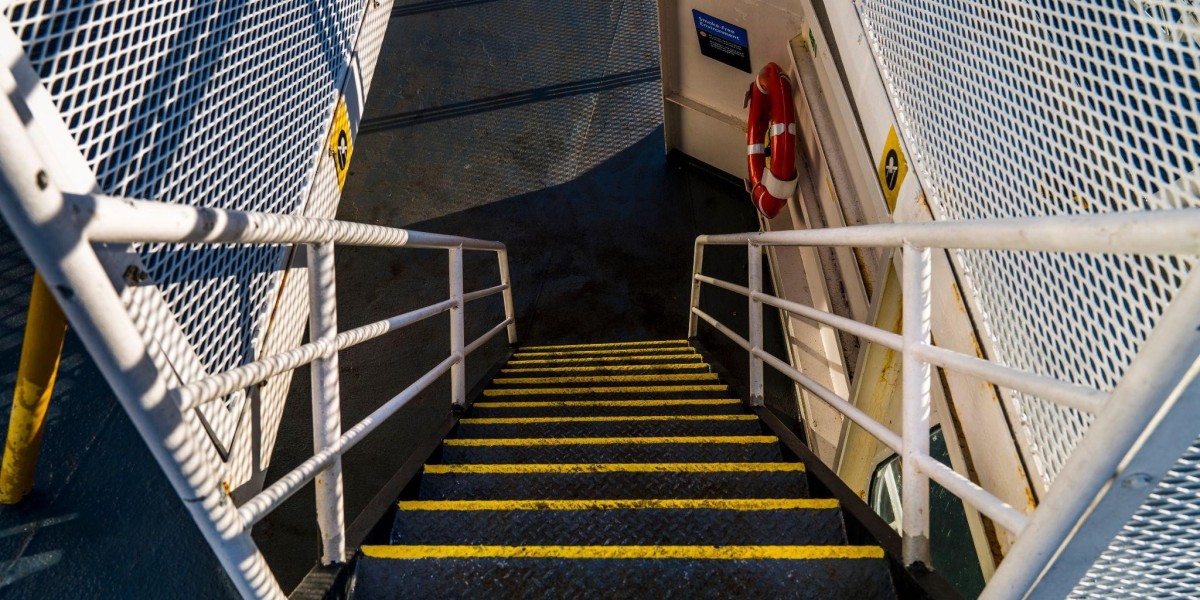Every year, thousands of workers suffer injuries due to ladder accidents, making them one of the most frequent causes of workplace incidents. From construction sites to maintenance departments, ladders are used daily yet often without proper safety checks or training. Understanding how and why ladder accidents occur is the first step toward creating a safer and more responsible workplace.
Why Ladder Accidents Happen
Most ladder-related injuries are not caused by defective equipment but rather by human error or unsafe practices. Workers often underestimate the risks associated with using ladders, leading to preventable accidents. Common causes include:
- Using ladders on uneven or slippery surfaces
- Overreaching or leaning too far to one side
- Failing to maintain three points of contact
- Using the wrong type or size of ladder for the job
- Damaged or poorly maintained ladders
These issues can lead to serious consequences from sprains and fractures to head injuries and fatalities. Employers must understand that ladder safety is not optional; it’s a legal and moral responsibility.
The Impact of Ladder Accidents on Businesses
Beyond the physical injuries suffered by workers, Ladder Accidents have significant financial and reputational impacts on businesses. Medical expenses, worker’s compensation claims, project delays, and potential lawsuits can cost companies thousands of dollars.
Moreover, frequent workplace accidents can damage a business’s reputation and reduce employee morale. When workers feel unsafe, productivity and trust decline two factors that can affect long-term growth.
Legal Considerations and Liability
When ladder accidents occur, determining liability can be complex. In many cases, employers are responsible for ensuring proper training, providing safe equipment, and maintaining compliance with workplace safety standards such as OSHA regulations.
However, liability can also extend to:
- Manufacturers of defective ladders
- Contractors responsible for safety oversight
- Property owners who failed to maintain safe conditions
By understanding these legal responsibilities, businesses can take proactive measures to protect both their employees and their operations.
Preventing Ladder Accidents Through Proper Safety Measures
The good news is that most ladder accidents are entirely preventable. By promoting a culture of safety and providing proper training, employers can significantly reduce risks. Some effective preventive measures include:
- Conduct regular safety inspections to identify damaged or unstable ladders.
- Provide ladder safety training for all employees, including proper usage and placement techniques.
- Ensure ladders are rated for the specific weight and task requirements.
- Use alternative equipment such as scaffolding or lifts when appropriate.
- Maintain clean, dry, and level surfaces where ladders are used.
Taking these simple yet effective steps helps prevent accidents and ensures compliance with legal standards.
The Role of Training in Reducing Ladder Risks
Training is one of the most critical components of workplace safety. Employees should understand the right way to set up and climb ladders, the importance of personal protective equipment (PPE), and how to recognize potential hazards.
A comprehensive ladder safety program should cover:
- Selecting the correct ladder for the job
- Inspecting ladders before each use
- Understanding maximum load capacities
- Proper climbing techniques
- Recognizing environmental hazards such as wind or wet conditions
By investing in consistent training, companies not only prevent injuries but also promote a strong culture of accountability.
Using Technology and Modern Equipment for Safety
In recent years, advancements in ladder design and safety technology have helped reduce the frequency of ladder accidents. Modern ladders now include non-slip feet, adjustable stabilizers, and locking mechanisms that provide greater stability.
Additionally, digital safety tracking systems allow employers to monitor inspections and ensure compliance with safety standards. Implementing these innovations demonstrates a company’s commitment to protecting its workforce.
What to Do After a Ladder Accident Occurs
Even with the best safety measures in place, accidents can still happen. Having a clear response plan can make all the difference in minimizing harm and ensuring proper documentation.
Businesses should:
- Provide immediate medical attention to the injured worker.
- Secure the area and preserve evidence of the incident.
- Report the accident to relevant authorities and insurance providers.
- Conduct a thorough investigation to determine root causes.
- Update safety policies to prevent recurrence.
Proper documentation and transparent communication also help in managing potential legal claims or compensation issues.
Creating a Safer Future for All Workers
Ladder accidents serve as an important reminder that even routine tasks can be dangerous without the right precautions. Businesses that prioritize safety not only reduce injuries but also build stronger, more resilient teams.
A proactive approach to ladder safety including inspections, training, and accountability is a smart investment in both people and productivity. With every preventive step, businesses take a giant leap toward safer, more sustainable operations.
Final Thoughts
Ladder accidents can have devastating effects on both employees and employers, but they’re largely preventable with the right awareness and planning. By implementing strong safety programs, maintaining reliable equipment, and fostering a responsible workplace culture, companies can ensure that ladders remain tools of productivity not injury.






